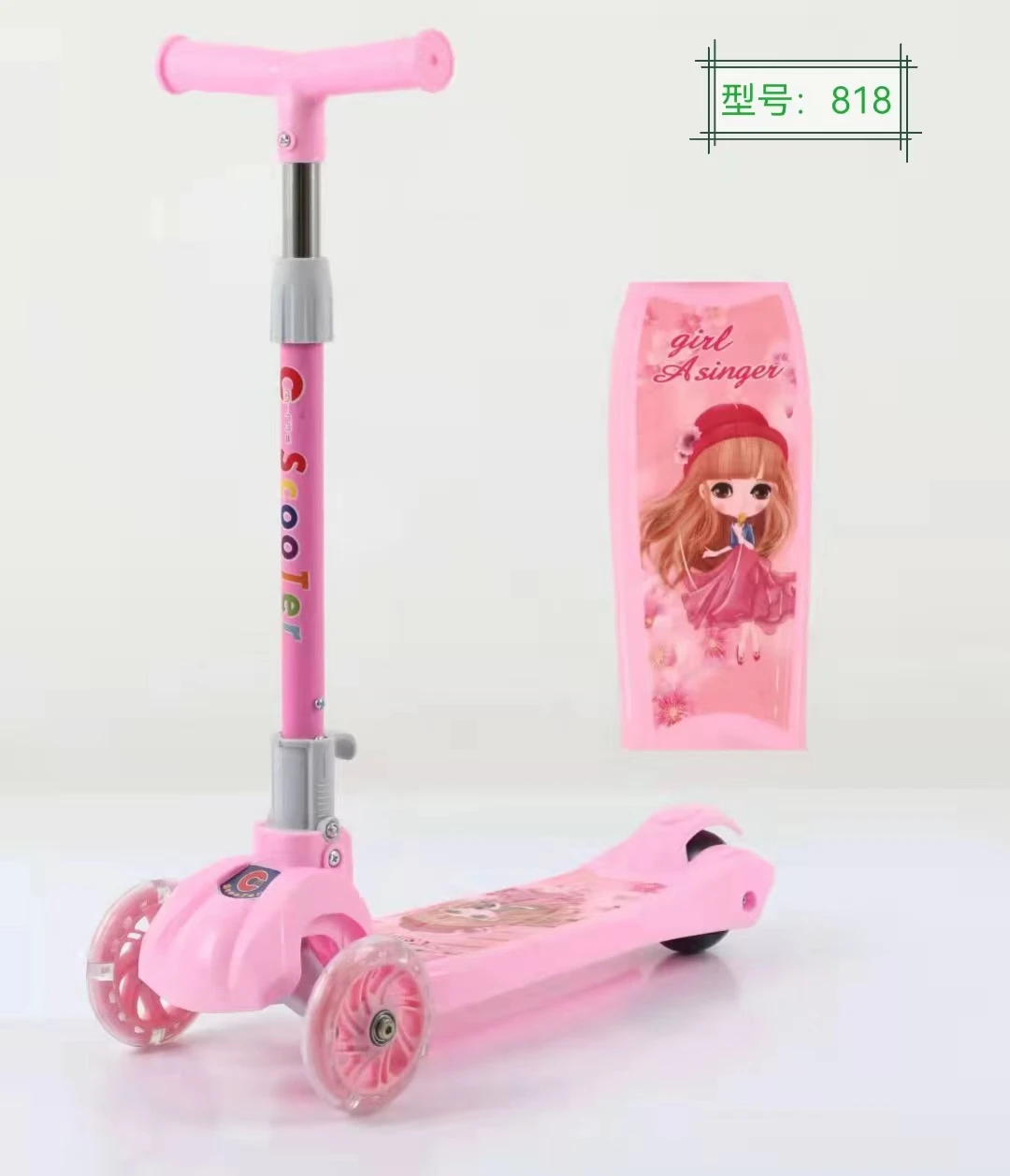how to size kids bike
How to Size a Kids Bike A Comprehensive Guide
Choosing the right size bike for your child is crucial for their safety, comfort, and enjoyment while riding. A properly sized bike can enhance their riding experience, boost their confidence, and help them develop their cycling skills. Here’s a comprehensive guide on how to size a kids bike effectively.
Understanding Bike Sizes
Kids' bikes are generally measured in wheel size rather than frame size. The common wheel sizes for children’s bikes range from 12 inches to 24 inches, tailored to different age groups and heights. Here’s a quick breakdown
- 12-inch wheels Typically suitable for children aged 2 to 4 years, with a height of about 28 to 38 inches. - 14-inch wheels Best for kids aged 3 to 5 years, fitting those with heights of 36 to 44 inches. - 16-inch wheels Designed for children aged 4 to 6 years, accommodating heights from 40 to 48 inches. - 20-inch wheels Ideal for children aged 6 to 8 years, for heights ranging from 44 to 54 inches. - 24-inch wheels Suitable for kids aged 8 to 12 years, with heights from 52 to 60 inches.
It’s important to keep in mind that these are general guidelines. Individual sizes may vary based on the child's build and biking experience. Therefore, making a choice based on height is generally more effective than relying strictly on age.
Measuring Your Child’s Height
To accurately determine the right bike size, start by measuring your child’s height. Use a tape measure to get the exact measurement from the ground to the top of their head while they stand barefoot against a wall. Once you have their height, compare it to the bike sizing chart provided by the manufacturer, as different brands might have slight variations in measurements.
The Importance of Stand Over Height
how to size kids bike

Another critical aspect when sizing a bike is checking the stand over height. This is the distance between the ground and the top bar of the bike frame (the top tube). When your child stands over the bike, there should be enough clearance to ensure safety. Ideally, there should be at least 1 to 2 inches of space between the child’s body and the top tube for a comfortable fit.
To check the stand over height, ask your child to straddle the bike. If they can stand on their tiptoes comfortably without feeling constrained, the bike is likely a good fit. If they cannot reach the ground or feel unsafe, it may be too big.
Adjusting the Seat Height
Once you have chosen the right size bike, your next step is to adjust the seat height. A correctly adjusted seat will allow your child to place the balls of their feet on the ground while seated, providing them with balance and control. When seated, your child's legs should have a slight bend at the knee when the pedal is at its lowest point.
To adjust the seat height, loosen the seat post clamp, raise or lower the seat to the desired height, and then secure it firmly in place. Regular adjustments might be necessary as your child grows.
Additional Factors to Consider
- Bike Weight Kids' bikes should be light enough for them to handle. A heavy bike can make riding more challenging and decrease a child's confidence and enjoyment. - Brakes Ensure the bike has brakes that are easy for your child to operate. Hand brakes and coaster brakes are common options, but your child should be comfortable using whichever style is chosen. - Test Ride If possible, take your child to a local bike shop for a test ride. Let them try out a few different options to see what feels best. Make sure they can easily control the bike and feel balanced while riding.
Conclusion
Sizing a kids bike correctly is essential for fostering a positive riding experience. Take the time to accurately measure your child's height, consider the stand over height, adjust the seat, and take into account their comfort and confidence when riding. By following these guidelines, you'll ensure your child enjoys cycling while remaining safe and secure. Whether they’re zooming down the street or tackling new trails, a properly sized bike will make all the difference in their cycling adventures!
-
kids-scooter-tiny-olympic-games-scooterathlonNewsAug.22,2025
-
kids-scooter-waves-xingtai-zhongzhous-global-rippleNewsAug.22,2025
-
baby-tricycle-oem-legacy-zhongzhou-forgedNewsAug.22,2025
-
xingtais-twin-tricycle-revolution-siblings-ride-togetherNewsAug.22,2025
-
baby-tricycle-design-inspired-by-ancient-armorNewsAug.22,2025
-
nfc-chip-enabled-oem-baby-tricycle-trackingNewsAug.22,2025
-
The Perfect Baby TricycleNewsAug.11,2025








